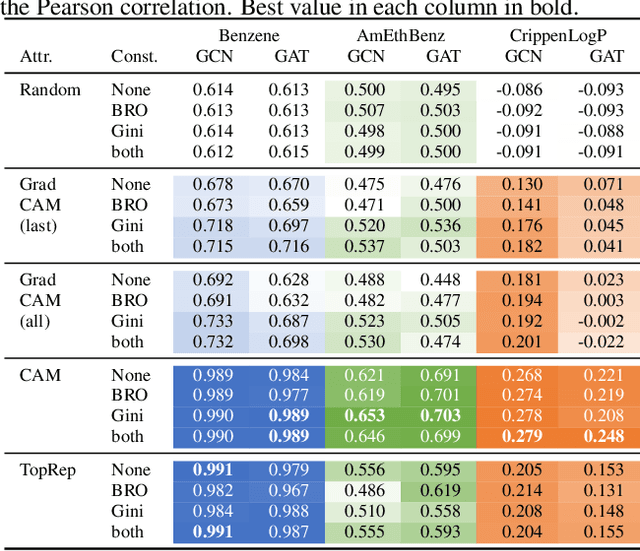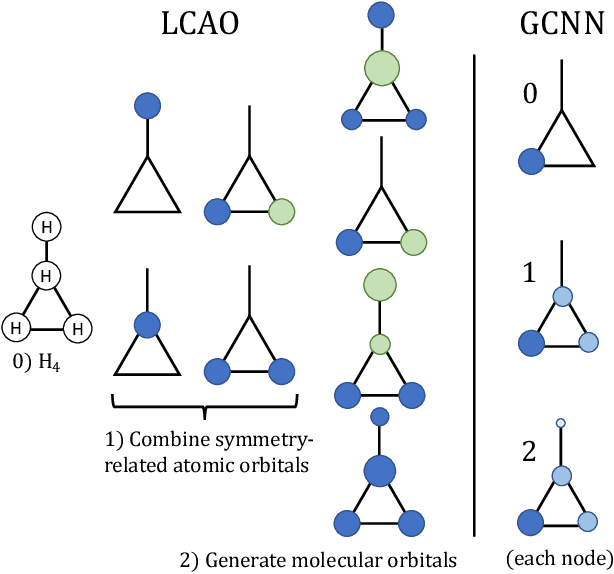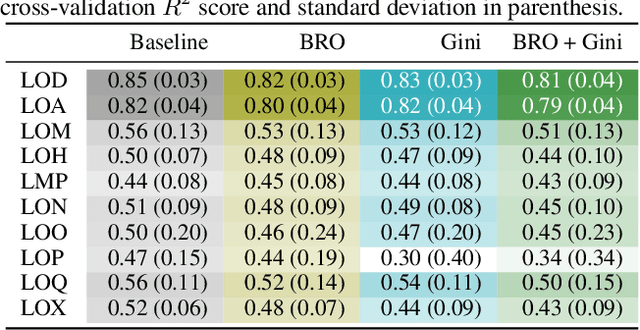Improving Molecular Graph Neural Network Explainability with Orthonormalization and Induced Sparsity
Paper and Code
May 31, 2021



Rationalizing which parts of a molecule drive the predictions of a molecular graph convolutional neural network (GCNN) can be difficult. To help, we propose two simple regularization techniques to apply during the training of GCNNs: Batch Representation Orthonormalization (BRO) and Gini regularization. BRO, inspired by molecular orbital theory, encourages graph convolution operations to generate orthonormal node embeddings. Gini regularization is applied to the weights of the output layer and constrains the number of dimensions the model can use to make predictions. We show that Gini and BRO regularization can improve the accuracy of state-of-the-art GCNN attribution methods on artificial benchmark datasets. In a real-world setting, we demonstrate that medicinal chemists significantly prefer explanations extracted from regularized models. While we only study these regularizers in the context of GCNNs, both can be applied to other types of neural networks
 Add to Chrome
Add to Chrome Add to Firefox
Add to Firefox Add to Edge
Add to Edge